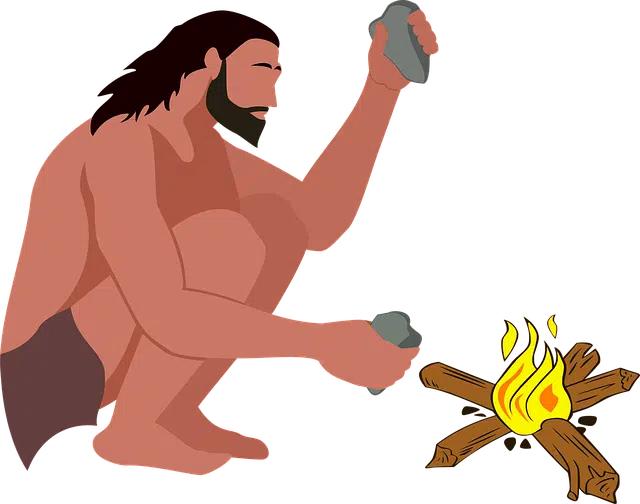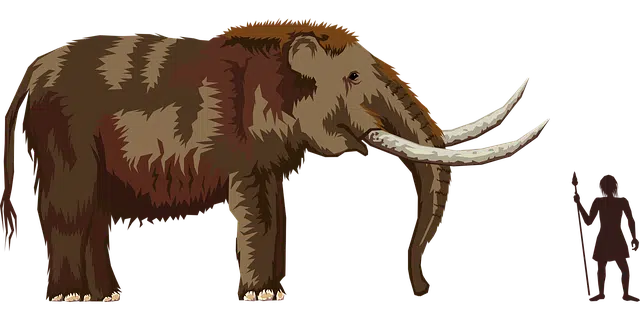
The Paleoindian is a period of the American continent that extends until 8000 BC.
The historical period of the American continent that covers the events that took place until the year 8000 BC is called Paleoindian . Also known as Paleoamerican , in this phase the linguistic and ethnic variety that characterized the entire pre-Columbian stage began to be forged.
The beginning of the human population of America is unclear. There are experts who believe that the first people arrived around 11,000 BC. C. , although others believe that the process began earlier, around 15,000 BC. C.
Beginning of the Paleoindian period
It is known that Homo sapiens arrived in America from Asia by land via the so-called Bering route , taking advantage of a drop in sea level during the last ice age. It is also postulated, although it has not yet been confirmed, that humans may have arrived in canoes through other routes, from Polynesia , Iceland and more areas.
It should be noted that, during the Paleo-Indian, tools made of stone emerged. Different archaeological discoveries account for this progress and allow us to demonstrate how the technology was perfected.
Migration and development
Within the paleoindian framework, there was a first instance where human beings were hunter-gatherers. The progress of lithic technology allowed, about 13,000 years ago, the appearance of projectile points.
It is important to note that these first settlers of America are also known as Paleo-Indians . Archaeologists and anthropologists agree in attributing Asian origin to them.
The Paleoindians would have migrated to the American continent following animals such as mammoths and mastodons . This is because the subsistence of these people was closely linked to this type of large species.
Proto-Indian and Meso-Indian
It is important to note that the entire history of this historical period must be understood as a part of a larger one, which is divided into three well-defined subperiods. Let's start with the proto-Indian , whose emergence has not been fully specified although its end is estimated to have occurred around 20,000 BC. C. It was then that immigrants began to adapt to their new environment and expand their population. It was precisely the proto-Indians who supposedly arrived in their new land by going after the animals they hunted for food.
The materials they used to make their tools are bone, stone and wood : many of their hammers, scrapers and hand axes were found in different archaeological excavations . Their clans were relatively small, consisting of a few families of gatherers and hunters. According to the findings, around 20,000 BC. C. their customs changed considerably, which is why the Paleo-Indian period itself began.

It is estimated that Paleoindian settlers came to America following mastodons and mammoths.
Already entering the year 8000 BC. C., drastic changes took place in climate and ecology, due to the end of the Wisconsin glaciation , which caused large animals to become extinct or migrate. Given that the Paleoindians largely depended on these for their subsistence, it is not difficult to understand that their population has been forced to undergo a strong adaptation to the new conditions. The landscape also showed important alterations, which brought it closer to its current appearance.
From then on, therefore, new societies appeared, which reflected all the changes just mentioned. Some of the most notable points of said new period (or subperiod) were its new way of subsistence, its technological advances and its organization with respect to housing. Regarding their diet, it was based on fruits that they collected. The duration of the Mesoindian was considerably shorter than that of the Paleoindian, extending to 1000 BC. C. , a time that is undoubtedly much easier for us to imagine.
